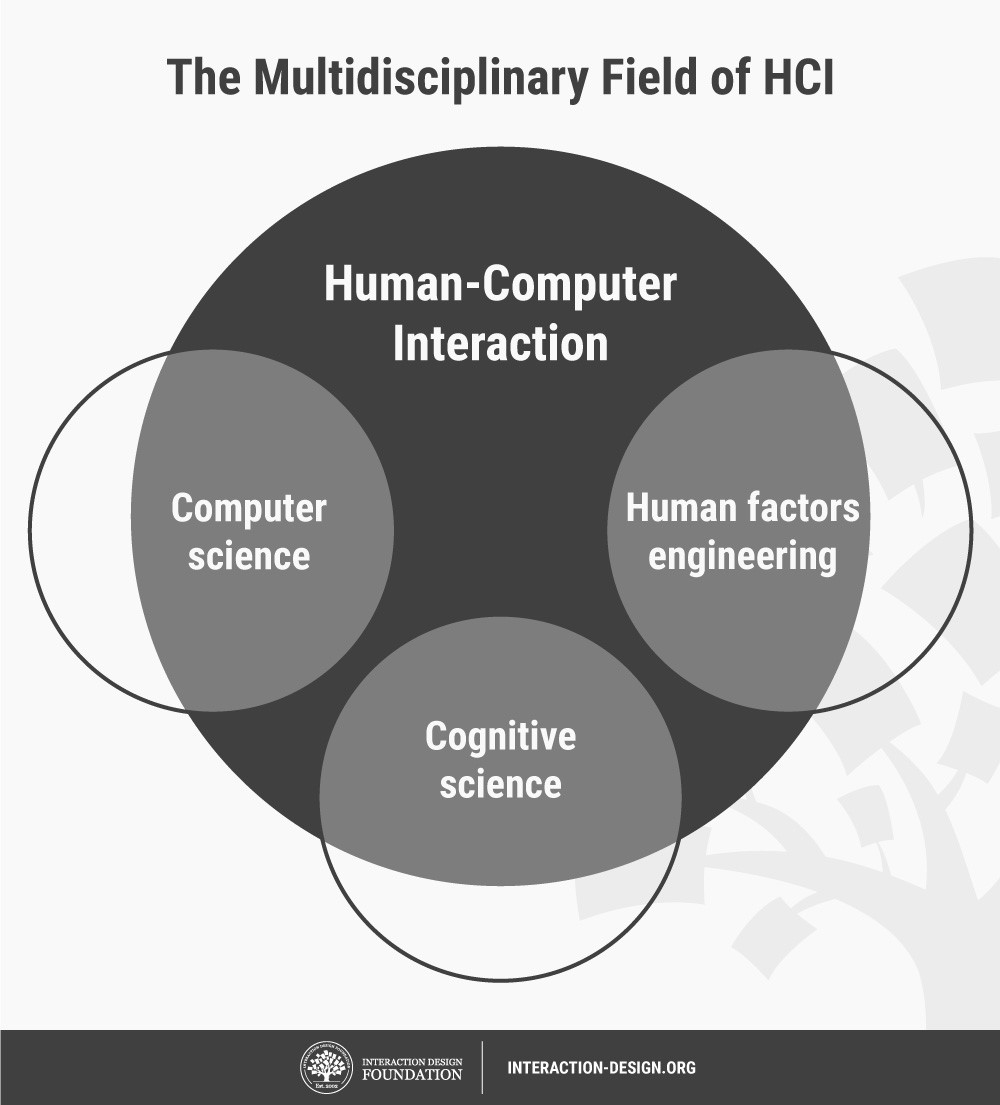|
Introduction: In recent years, electronic voting has emerged as a game-changing technology that has the potential to revolutionize the democratic process. By leveraging advancements in technology and secure digital systems, electronic voting aims to enhance voter participation, streamline the voting process, and ensure greater transparency and integrity in elections. Benefits of Electronic Voting: Electronic voting offers several advantages over traditional paper-based voting methods. Firstly, it provides convenience and accessibility to voters, enabling them to cast their ballots from remote locations or through digital platforms. This eliminates the need for physical travel to polling stations, making voting more inclusive and accommodating for individuals with disabilities, elderly citizens, and those residing far from polling centers. Secondly, electronic voting significantly reduces the likelihood of errors and inaccuracies. Automated systems ensure that votes are counted accurately, minimizing the chance of human counting errors or tampering. Additionally, electronic voting systems can detect issues such as overvoting or undervoting, prompting voters to review and correct their choices before final submission. Moreover, electronic voting expedites the vote-counting process. Manual counting methods often require hours or even days to tally results. In contrast, electronic systems can swiftly tabulate votes in real-time, reducing the time needed to announce election outcomes. This contributes to increased public trust and confidence in the electoral process. Enhancing Security and Integrity: One of the key concerns surrounding electronic voting is the security of the system. However, advancements in encryption techniques and robust cybersecurity measures have addressed many of these concerns. Secure online voting platforms employ encryption protocols to protect data transmission and storage, ensuring that votes remain confidential and untampered with. To further enhance security, multi-factor authentication methods can be implemented to verify the identity of voters. This helps prevent fraudulent activities and ensures that only eligible voters can participate in the electoral process. Regular audits and independent testing of electronic voting systems also play a crucial role in maintaining the integrity and reliability of the technology. Challenges and Considerations: Despite the numerous benefits, electronic voting systems face challenges that must be addressed. One concern is the risk of cyberattacks and hacking attempts. Governments and organizations implementing electronic voting platforms must invest in robust cybersecurity measures to safeguard against potential threats to the integrity of elections. Another consideration is ensuring equitable access to technology. While electronic voting has the potential to promote inclusivity, it is essential to bridge the digital divide and ensure that all citizens have access to the necessary tools and resources to participate in the electronic voting process. This includes addressing issues of internet connectivity, technological literacy, and ensuring the protection of voter information. Conclusion: Electronic voting represents a significant step forward in modernizing democratic processes. By harnessing the power of technology, electronic voting offers enhanced convenience, accuracy, and transparency. With careful implementation and continuous advancements in security, electronic voting has the potential to strengthen democracies worldwide, empowering citizens and fostering trust in electoral outcomes.  404网页出错信息提示_查字典 404网页出错信息提示_查字典 |
